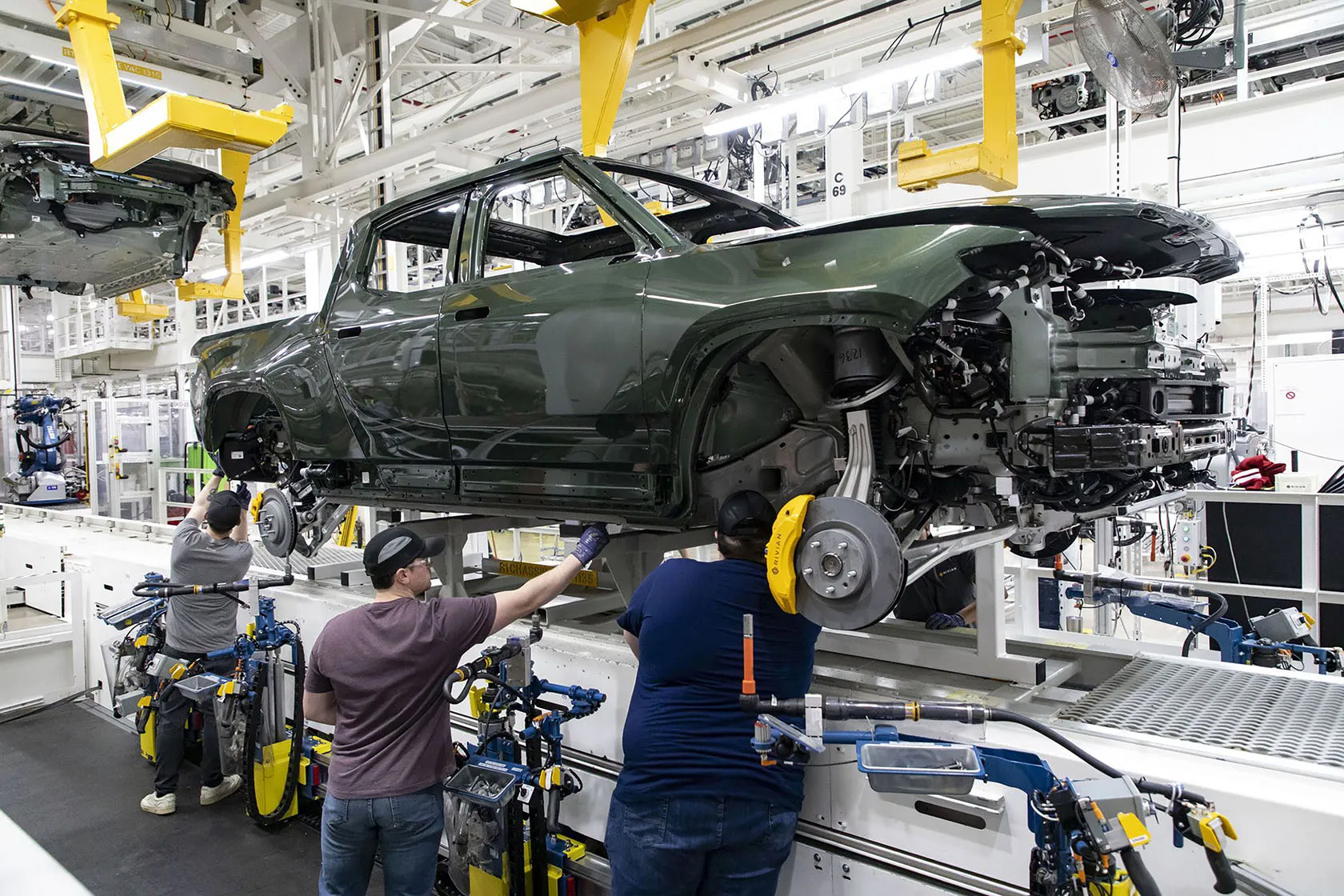The U.S. auto industry plays a critical role in the national economy, accounting for 3% of GDP and supporting over 8 million jobs directly and indirectly. Beyond these statistics, the performance of automakers, consumer trends, and sales figures serve as key indicators of the overall economic climate. The industry’s health reflects consumer confidence, economic stability, and household financial well-being, making it an essential barometer of economic performance.
Consumer Confidence and Spending Habits
Car ownership is a fundamental aspect of American life, with 91.7% of households owning at least one vehicle. Trends in auto sales and pricing reveal insights into consumer spending habits and financial stability. While new vehicle sales in 2024 showed only a modest 1.3% increase over 2023, a decline in car prices suggests shifts in purchasing behavior. Rising car repossessions—up 23% in 2024—indicate financial strain on consumers, hinting at potential economic slowdowns.

Automotive logistics is a crucial component of economic activity, as disruptions in supply chains significantly affect vehicle production and pricing. The COVID-19 pandemic caused severe shortages of essential auto parts, driving up vehicle costs and delaying production. Although supply chain issues have eased, consumer hesitation in purchasing vehicles continues due to economic uncertainties. The ability of the industry to maintain steady logistics operations influences pricing, dealership inventory, and consumer decision-making.
Auto Loans and Credit Market Trends
Most Americans finance their vehicle purchases, making auto loans a key part of the credit market. With Americans carrying $1.62 trillion in auto loan debt, interest rate changes directly impact affordability. Auto loan interest rates have risen significantly, from 4.85% in May 2022 to 8.20% in May 2024, making borrowing more expensive. A decline in credit availability and shrinking loan amounts indicate consumer caution, reflecting broader economic trends and potential financial constraints.
The U.S. auto industry is at the forefront of innovation, with the transition to electric vehicles (EVs) being a major development. In Q2 2024, EV sales increased by 11.3% compared to the previous year, despite concerns over battery range and charging infrastructure. The adoption of EVs signals the industry’s shift toward clean energy solutions, influencing broader economic and environmental policies. The auto sector remains a driving force in shaping the future of the American economy.

